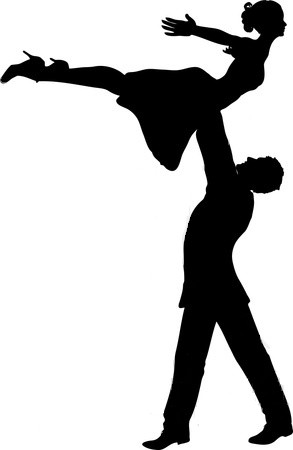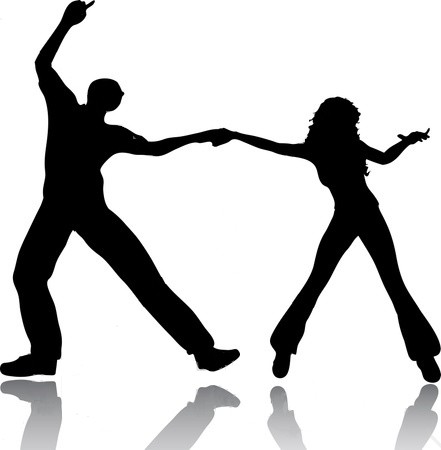Private Lessons
|
|
 |
Always wanted to dance?
Did you always want to be that couple that can float around the floor at a wedding?
Do you watch the dance shows and wish that you could do those moves?
Would you like to to become part of the dance world and make new dance friends?
Tired of sitting at home at night?
DonnaMarie can help you feel comfortable and relaxed in the world of ballroom dancing.
She can help you acheive your goals whether they be to gain confidence in a social dance setting,
become a polished dancer on the dance floor,
or enter dance competitions.
You're never too young or too old to start.
And you will be surprised how quickly you will learn.
Ballroom dancing has really taken off with all the dance shows on television.
More people join every day. There are dance events every night of the week!
Don't be left out.
Privates are available at a number of locations on Long Island.
Singles and couples are welcome.

|
|
|
|
What Dances Can You Learn?

|
The Rumba style of ballroom dancing is also known as the Latin Waltz.
The American Rumba is a variation of a slow-rhythmed Cuban dance called the Son that was brought to the
United States in the 1920s.
The Rumba is danced on the spot, rather than all over the dance floor,
with hip and other body movements in a slow, quick, quick beat.
The Mambo is also based on a Son rhythm, but has its origins in African tribal dancing.
The Mambo was created in the 1930s by cellist Oresta Lopez. Lopez' band leader, Perez Prado,
popularized Mambo music in ballroom dancing.
The Cha Cha was originally called the Cha Cha Cha as its main movement is based on a triple step.
The Cha Cha style of ballroom dancing originated in the Cuban Mambo and became popular in the
United States in the 1950s. The Cha Cha triple step is danced in between two rock beat movements.
The Modern Waltz style of ballroom dancing comes from the Austria Waltzen styles of
ballroom dancing popular in Austria and Germany in the early 1900s.
The Boston Waltz became popular in the United States in 1834 and is a slower version of the
Viennese Waltz. Today, the Waltz still remains as a slow type of ballroom dancing and the
slow beat has allowed the Waltz to have more figures, dips and steps added to it.
The Foxtrot is a type of ballroom dancing invented by Harry Fox in 1914 in New York City.
The Foxtrot involves moving the back leg in a smooth action,
although there are many variations of the Foxtrot.
The original Foxtrot was faster and not as smooth as some of the variations danced today.
However, the faster Foxtrot style of ballroom dancing is still taught in many modern ballroom
dancing studios and danced in many modern ballrooms.
Swing dances vary greatly depending on the region and country.
The origins of Swing ballroom dancing go back to the southern United States'
Dixieland and Ragtime music. The Lindy Hop and West Coast Swing ballroom
dancing incorporate the active movements of early swing such as the jumps,
kicks and energetic jazz moves. Big Band Swing ballroom dancing became popular
during the Big Band music of the 1930s and 1940s. Many different variations of
Swing ballroom dancing coexist today.
|

|
|
|
|
To contact DonnaMarie, call her at (631)398-8054 or send her email at portellidm@gmail.com
|
|
|
|